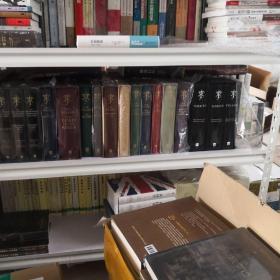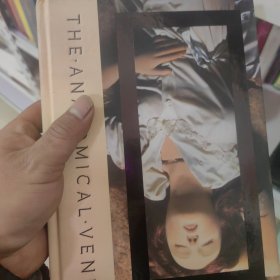
The Makioka Sisters
¥ 188 8.4折 ¥ 224.7 全新
仅1件
山东青岛
认证卖家担保交易快速发货售后保障
作者Jun\'ichiro Tanizaki、Edward Seidensticker 著
出版社Everyman's Library
出版时间1993-05
装帧精装
上书时间2021-03-12
- 店主推荐
- 最新上架
商品详情
- 品相描述:全新
图书标准信息
- 作者 Jun\'ichiro Tanizaki、Edward Seidensticker 著
- 出版社 Everyman's Library
- 出版时间 1993-05
- ISBN 9780679424529
- 定价 224.70元
- 装帧 精装
- 页数 498页
- 正文语种 英语
- 丛书 Everyman's Library Classics & Contemporary Classics
- 【内容简介】
- In Osaka in the years immediately before World War II, four aristocratic women try to preserve a way of life that is vanishing. As told by Junichiro Tanizaki, the story of the Makioka sisters forms what is arguably the greatest Japanese novel of the twentieth century, a poignant yet unsparing portrait of a family-and an entire society-sliding into the abyss of modernity. Tsuruko, the eldest sister, clings obstinately to the prestige of her family name even as her husband prepares to move their household to Tokyo, where that name means nothing. Sachiko compromises valiantly to secure the future of her younger sisters. The unmarried Yukiko is a hostage to her family's exacting standards, while the spirited Taeko rebels by flinging herself into scandalous romantic alliances. Filled with vignettes of upper-class Japanese life and capturing both the decorum and the heartache of its protagonist, "The Makioka Sisters" is a classic of international literature.
- 【作者简介】
-
Junichiro Tanizaki was born in Tokyo in 1886 and lived there until the earthquake of 1923, when he moved to the Kyoto-Osaka region, the scene of his novel The Makioka Sisters (1943-48). Among his works are Naomi (1924), Some Prefer Nettles (1928), Quicksand (1930), Arrowroot (1931), A Portrait of Shunkin (1933), The Secret History of the Lord of Musashi (1935), modern versions of The Tale of Genji (1941, 1954, and 1965), Captain Shigemoto's Mother (1949), The Key (1956), and Diary of a Mad Old Man (1961). By 1930 he had gained such renown that an edition of his complete works was published, and he was awarded Japan's Imperial Prize in Literature in 1949. Tanizaki died in 1965.
From the Trade Paperback edition.,,
点击展开
点击收起
— 没有更多了 —












![Vanity Fair[名利场]](https://www0.kfzimg.com/sw/kfz-cos/kfzimg/aafabbba/e6505a0f51e72e7d_s.jpg)



以下为对购买帮助不大的评价